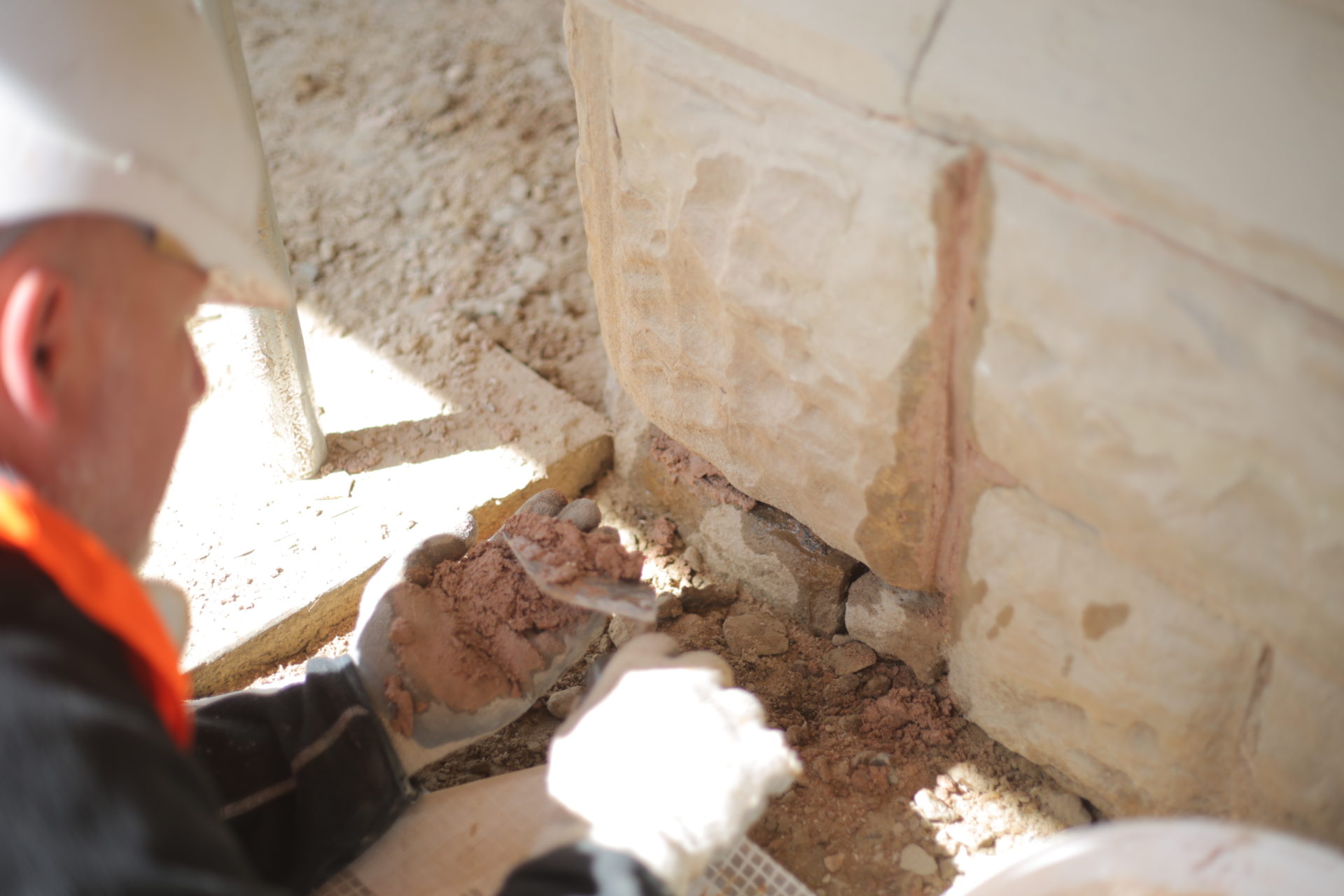The arguments for and against gentrification straddle social, political and historical barriers and aesthetic appeal alone can not determine their success.
Inevitably if people with a degree of capital move into what might be termed working-class areas and subsequently transform the properties there will be winners and losers.
The winners will be the property owners who will witness an increased value in their homes and offices. The losers will be the members of the community who live in rented accommodation, many of whom may be forced out.
In Aberdeen, the oil capital of Europe, a quite staggering housing boom left property owners and those in the oil and gas industry quids in. Suddenly the old fishermen’s cottages in the city’s Footdee area became prized assets and many were given ‘money is no-object’ makeovers. The non-oil renters not only, understandably, felt natural envy, but over time were subjected to higher daily living costs and priced out of the housing market as the local economy took on a life of its own and for a time the standard of living was second only to London.
The effect on the communities was palpable but did the stark yet striking granite skyline suffer as a result? The answer is probably no because of the surfeit of agricultural land around Aberdeenshire which was bought up and built on. New homes and business parks in many respects saved the great historical buildings from being tainted and overshadowed with the negative effects of black gold.
In areas with less geographical leeway however gentrification has been felt more acutely.
Barnsbury was built around 1820, as a middle-class London suburb, but after World War II people moved to the suburbs when the great housing demand rendered Barnsbury the place of cheap housing, where most people shared accommodation. In the late 1950s and early 1960s, people moving into the area had to finance house renovations with their money, because banks rarely financed loans for Barnsbury. Moreover, the rehabilitating spark was The 1959 Housing Purchase and Housing Act, investing £100 million to rehabilitate old properties and infrastructure. As a result, the principal population influx occurred between 1961 and 1975. Now, however it is the haven of the super-rich and was one of the places that gave rise to the term super-gentrification along with the neighboring working-class borough of Islington where Prime minister Tony Blair moved after his election victory in 1997.
For decades in London boroughs such as these generations of the same family would state proudly that they had never moved more than a few streets from where their great-grandparents once lived. With gentrification times swiftly change.
Globally the issue is enormous and comes under many guises. In Rio de Janeiro in Brazil more than 20,000 families have been removed from their homes in the past six or seven years, while 40,000 live under the threat of removal, typically for legally or ethically questionable reasons. That is why the fight for land regularisation is growing across Latin America. Gentrification there is also called ‘white removal’ or ‘market removal’ by locals, and it is only made possible through land regularisation.
Gentrification has been substantially advocated by local governments, often in the form of ‘urban restructuring’ policies. Goals of these policies include dispersing low-income residents out of the inner city and into the suburbs as well as redeveloping the city to foster mobility between both the central city and suburbia as residential options.
The strain on public resources that often accompanies concentrated poverty is relaxed by the gentrification process, a benefit of changed social makeup that is favourable for the local state.
But a change of residence that is forced upon people who lack resources to cope has social costs. Measures protecting these marginal groups from gentrification may reduce those.
There is also the argument that gentrification reduces the social capital of the area it affects. Communities have strong ties to the history and culture of their neighborhood, and causing its dispersal can have detrimental costs.
But gentrification is nothing new.
In truth evidence of it goes back centuries to ancient Rome when small shops were replaced by grand villas but for millennial purposes we go back just over half a century when British sociologist Ruth Glass coined the term to describe the influx of middle class people displacing lower class worker residents in urban neighbourhoods; her example was London and its working-class districts such as the aforementioned Islington.
At that time Britain was still recovering from a punishing war and colourfully papering over the cracks of war and the bleak post war period were actively encouraged. In that year in fact – 1964 – Terence Conran opened the first Habitat store in Fulham Road, Carnaby Street stores were enthusiastically suiting and booting young people in exotic hues and music and lights were the order of the day.
The consensus now largely is that the demise of traditional communities is rooted in those seemingly carefree days – and gentrification inevitably is the bully boy who is to blame.
But the rhythm of life will inevitably determine what happens in future as man continues his story, and as Shakespeare said: “Not marble nor the gilded monuments of princes shall outlive this powerful rhyme”. Nor shall gentrification.













